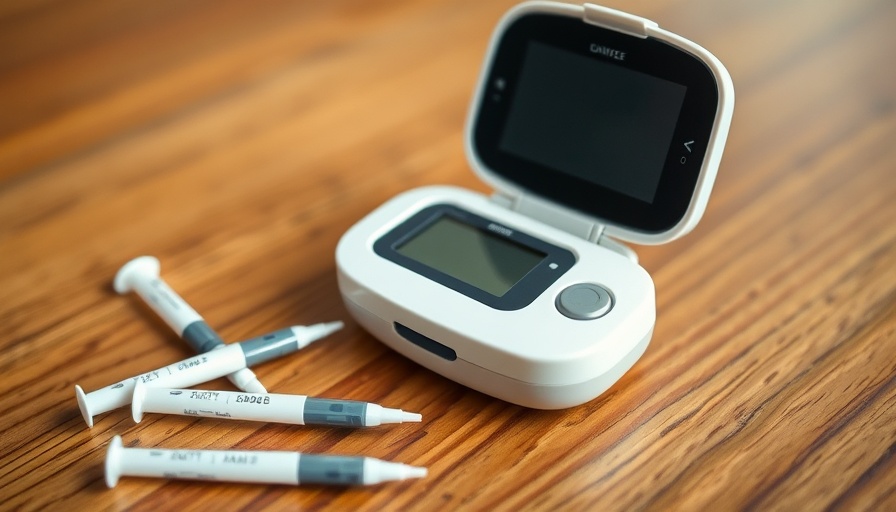
Understanding Continuous Glucose Monitoring (CGM) for Non-Diabetics
With an increasing trend among healthy individuals to utilize Continuous Glucose Monitors (CGMs), healthcare practitioners, particularly concierge health providers, are at a crossroads. The FDA's recent move to permit OTC purchases of CGMs has sparked curiosity and engagement among those not diagnosed with diabetes. However, a lack of established guidelines regarding their interpretation, particularly for people without diabetes, raises significant questions.
A Need for Guidelines and Consensus
As highlighted in research from the Boston University Chobanian & Avedisian School of Medicine, there exists a discord among clinical experts regarding the interpretation of CGM data obtained from non-diabetics. The study surveyed specialists who generally treat patients with diabetes, finding variations in their recommendations for follow-up actions based on CGM reports. This inconsistency underscores the necessity for comprehensive guidelines tailored specifically for non-diabetic patients, echoing sentiments shared by experts across the realm of diabetes research.
Why Are Healthy Individuals Monitoring Their Glucose Levels?
The motivations for non-diabetic individuals to adopt CGM technology are multifaceted. Individuals may wish to enhance their overall health by tracking metabolic responses to diet and exercise, combat potential prediabetes, or simply harness data-driven insights for optimal performance in physical activities. This wave of self-monitoring aligns with the larger trend of health technology adoption driven by the quantified self movement, where personal data informs lifestyle changes.
The Science Behind CGM Technologies
CGMs operate by utilizing small sensors that sit under the skin, providing real-time feedback on glucose fluctuations. This immediacy allows users to correlate dietary choices and exercise routines with their glucose levels. Events like the January AI study have illuminated how CGMs can motivate users to improve their habits, a phenomenon largely observed in overweight individuals previously uninformed about their glucose responses.
Evidence of Effectiveness and Areas for Caution
Research into the impacts of CGMs for the healthy population remains sparse. While some studies, like the one analyzed by Harvard Health, have found that most glucose readings for non-diabetics fall within normal ranges, the potential for misinterpretation due to unexpected readings presents a substantial concern. The absence of defined thresholds for healthy glucose levels, combined with the psychological impact of monitoring, may inadvertently lead to anxiety or inappropriate dietary decisions.
Future Directions and Clinical Implications
As CGMs continue to become a fixture in the wellness toolbox for non-diabetics, it is crucial to establish evidence-based guidelines for interpreting these data points accurately. A proactive approach involves recognizing individual risk factors, such as family history or lifestyle choices, that might indicate a predisposition to metabolic disorders. Furthermore, collaborations between digital health innovators and healthcare providers could enhance our understanding of how biofeedback can effectively encourage healthier living.
How Can Health Practitioners Support Their Patients?
For practitioners, understanding CGMs is only part of the equation; advising patients on how to utilize this technology responsibly is essential. Health coaching that incorporates CGM usage can empower individuals by translating complex data into actionable insights. Encouraging patients to view CGM readings as just one piece of their health puzzle can help mitigate the potential pitfalls associated with misperception of normalcy and metabolic health.
Conclusion: Embrace on the Path of Research and Education
As we navigate this new frontier in health monitoring, practitioners must advocate for further research and educational resources regarding CGM use among non-diabetics. Building a robust framework of guidelines will ultimately enhance patient care while maximizing the benefits of innovative technologies like CGMs.
Interested in staying informed about the latest guidelines and research? Engage with your healthcare community to foster discussions that drive the future of CGM use.
 Add Row
Add Row  Add
Add 






Write A Comment